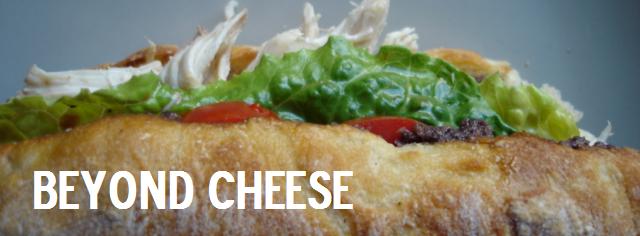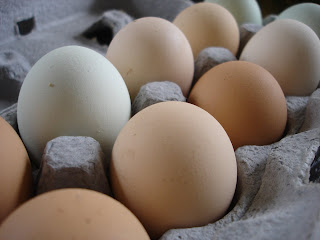And this month, brought to us by the Daring Mele Cotte, we have a Filbert Gâteau with Praline Buttercream from Great Cakes by Carol Walter. Layers of nutty cake and sweet buttercream enrobed in dark chocolate ganache; this cake is similar in technique to the Opera Cake we made just a couple of short months ago, with a few steps more.

Take one look at the recipe, and you just might run screaming from the kitchen. It is a rather daunting task, this cake. So many components, each prepared on their own. And, wait a second, I have to make my own praline paste? Not to mention, I see another scuffle with buttercream coming on, only this time I will win.
Oh, buttercream. I was ready to fall back on the cooked sugar syrup version of a Swiss buttercream that I have executed in the past. For some reason, I was weary of the cooked egg white and sugar technique of this recipe, but I resigned myself to it and carried on. And with hindsight (always so clever, that hindsight): much easier, I must say. In this method, egg whites are beaten until foamy, sugar is added, and the mixture is cooked over a hot water bath just until it reaches 120 degrees. Don't make the same mistake I did; when it comes to temperature, remove it from the heat immediately once it reaches the correct temperature (in fact, it may behoove you to remove it from the heat perhaps one or two degrees short of that), as the egg whites will continue to cook before cooling by way of being whipped into an airy fluff.

Now, the making of hazelnut praline is an entirely different story. While I am happy to say I have done so, I probably would not choose to again. There is a certain sense of accomplishment in something such as a praline paste (toast and skin hazelnuts, make a caramel, add hazelnuts, let it cool, puree it forever, and call it done - not exactly simple), but I have to say I've had much better. Commercially available praline paste has a much smoother, richer texture, like a super sweet, caramelized peanut butter, or in this case, hazelnut butter. Mine came out more like a nutty sugar paste. I was nervous; would this ruin my buttercream? Thankfully, no, the sugar in the praline paste actually dissolved away in the mix, resulting in the toasty sweet nutty buttercream I hoped for.

The cake itself was not as challenging as it was messy. Again, this is similar in technique to the almond sponge of the Opera Cake, only, you guessed it, hazelnuts instead. This requires toasting hazelnuts, rubbing the skin from the toasted hazelnuts, and processing them with a small amount of flour and cornstarch. Then you beat together egg yolks and sugar, then you beat together egg whites and sugar, and clarify some butter while you're at it. (How many bowls is that so far? I dunno, don't lose focus!) Now combine the eggs, then quickly sprinkle in the nut meal (Work fast! Use a whisk! Don't deflate the batter!), add the clarified butter, pour the batter into the prepared baking pan, and get it in the oven, all within a few minutes. Phew. Needless to say, cleaning up the remains of the process was a project in and of itself.
I didn't have a round cake pan, so I used a springform pan with excellent results. And then I had to cut the cake. Yes, it's time to assemble all of these components. Some said twine was the answer, others said that toothpicks could be your guide. But stubborn me thought I could split the cake into three perfectly straight and level layers, no problem. I just didn't know I needed a practice cake first. The first slice, a bit wobbly; the second cut, some improvement shown. Where's that practice cake?

Now: cake, sugar syrup, buttercream, repeat. This recipe did call for a layer of whipped cream after the buttercream, but I am terribly forgetful, and I wasn't about to take my cake apart to remedy the situation. Next would be the ganache coating. For this step I was most excited. The result is a beautifully shiny, perfectly enrobed cake. I've never executed a successful ganache coating (chocolate and cream, mostly) and, well, I still haven't. In this instance, I let the ganache cool too much before pouring it over the cake; it became a spreadable chocolate coating. Sure, it looked nice and shiny, until the cake was fully chilled, that is.

Well, it's been fun. Yes, frustrating, and I dirtied every bowl and kitchen appliance several times over, but still fun. I tried something I haven't before, and though I didn't succeed (ahem, ganache) I wouldn't have given it a shot otherwise. Thanks again, you Daring ones.
If you'd like to see the actual recipe, take a look at Mele Cotte. And, if you'd like to see some other great cakes, check out the Daring Bakers' Blogroll, where you'll find hundreds of other participating bakers.











